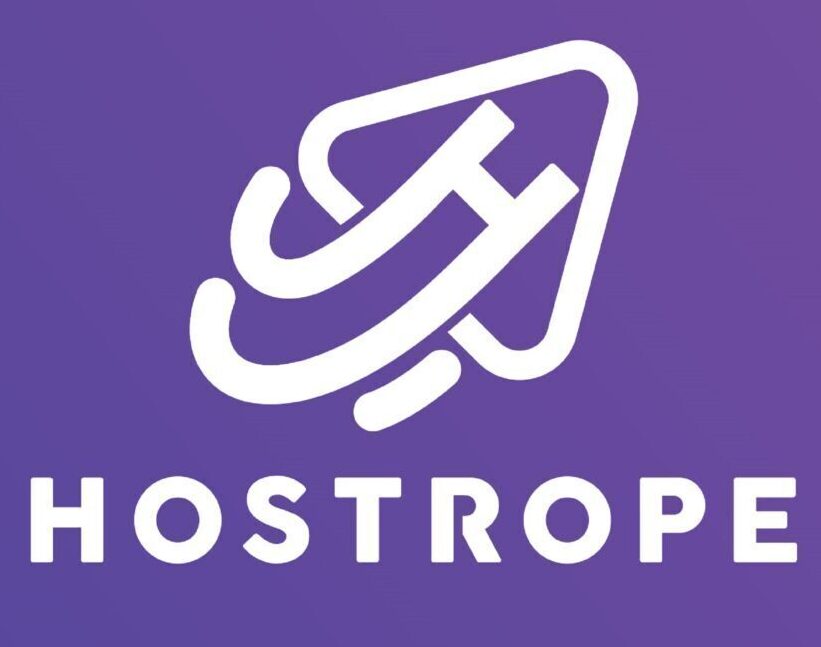Welcome to the power-packed world of email marketing – where opportunities abound and growth is just a click away! In today’s digital era, businesses are constantly searching for effective strategies to amplify their brand presence. And guess what? Email marketing remains an absolute game-changer in this realm! Whether you’re a seasoned entrepreneur or just starting out, we’ve got you covered with indispensable insights on how to harness the potential and skyrocket your brand’s growth through email marketing. So buckle up, because we’re about to unveil the secrets that will take your business to new heights!
Benefits of Email Marketing for Your Brand
Email marketing is a powerful tool for growing your brand. By building a database of customers and prospects who have opted in to receive email communications from you, you can stay top of mind and nurture relationships with your target audience. When done right, email marketing can be an extremely effective way to grow your brand.
Some of the benefits of email marketing for your brand include:
1. Increased reach: Email allows you to reach a wider audience than other marketing channels. With over 3 billion people using email worldwide, there’s a good chance your target market is using email too.
2. Cost-effective: Email is one of the most cost-effective marketing channels available. You can reach a large number of people at a fraction of the cost of other channels like TV or print advertising.
3. Personalized messages: With email, you can send highly personalized messages to your contacts. This helps build relationships with your subscribers and leads to more conversions down the road.
4. Increased ROI: Because email is so cost-effective and can be personalized, it often has a higher ROI than other marketing channels. A well-executed email campaign can lead to more sales and long-term customer loyalty.
5. Automated campaigns: With automation tools, you can set up and automate your email campaigns without a lot of manual effort. This saves you time and allows you to focus on other aspects of your business.
6. Analytics: Email platforms provide powerful analytics to measure the success of your campaigns. You can see how many people opened your emails, clicked on links, and more – helping you optimize future campaigns for better results.
Strategies to Maximize the Potential of Email Marketing
Email marketing can be an extremely effective way to promote your brand and grow your business. However, it is important to maximize the potential of email marketing by using strategies that will ensure your emails are opened and read by your target audience. Here are some tips to help you maximize the potential of email marketing:
1. Use an engaging subject line: The subject line is the first thing your recipients will see when they receive your email, so it is important to make it count. Write a subject line that is brief, but catches the attention of your reader and makes them want to learn more about what you have to say.
2. Keep your content relevant and interesting: In order for your recipients to actually read through your email, you need to make sure the content is relevant and interesting to them. Keep your language simple and clear, and avoid using too much industry jargon. Be sure to include a call-to-action that encourages recipients to take action on what you are promoting.
3. segment your list: Segmenting your email list allows you to send more targeted and relevant messages to specific groups of people. This ensures that each recipient receives content that is most relevant to them, which increases the chances that they will actually read through and engage with your message.
4. Timing is everything: When you send out your emails can be just as important as what you send in them. Be sure to time your emails so that they arrive in recipients’ inbox
Analyzing and Improving Your Results
When it comes to email marketing, analyzing and improving your results is crucial to maximizing your brand’s growth. By taking a close look at your open rates, click-through rates, unsubscribe rates, and other data points, you can identify areas for improvement and make changes that will help you achieve your goals.
Open rates are a good place to start when analyzing your email marketing results. If you’re not happy with your open rates, take a look at your subject lines and see if there’s anything you can do to make them more effective. You can also experiment with different send times to see if that has an impact on your open rates.
Click-through rates are another important metric to keep an eye on. If people are opening your emails but not clicking through to your website or landing pages, it could be an indication that your content isn’t relevant or interesting to them. Again, experimenting with different types of content (e.g., videos, infographics, etc.) could be a way to improve your click-through rates.
Unsubscribe rates should also be monitored as they can provide valuable insights into the effectiveness of your email campaigns. If you’re seeing a high unsubscribe rate, it could be indicative of a problem with the content of your emails or the frequency with which you’re sending them. Adjusting these things accordingly can help reduce your unsubscribe rate and improve the overall effectiveness of your email marketing efforts.
Examples of Successful Email Campaigns
Email marketing can be a powerful tool for growing your brand. But what makes a successful email campaign? Here are three examples of email campaigns that have been particularly successful in driving growth for their brands.
1. The first example is from the online retailer ASOS. They ran an email campaign targeting university students who were about to finish their exams and enter the job market. The subject line of the email was “Time to get ready for life after university.” In the email, ASOS offered a 10% discount on all full-priced items to help students look their best as they entered the job market. This campaign was successful in driving growth for ASOS by getting university students to shop with them as they prepared for their post-university lives.
2. Another example of a successful email campaign comes from the travel website Expedia. They ran a campaign offering a $50 discount on any hotel room booked through their site. The subject line of the email was “Get away this weekend.” This campaign was successful in driving growth for Expedia by getting people to book travel plans through their site.
3. The last example is from the online retailer Amazon. They ran an email campaign offering a free 30-day trial of their Prime membership service. The subject line of the email was “Try Amazon Prime for free.” This campaign was successful in driving growth for Amazon by getting people to sign up for their Prime membership service.
These three examples demonstrate how successful email campaigns can be in driving growth for a brand. By creating an engaging subject line, offering an attractive incentive, and targeting the right audience, any brand can create a successful email campaign that drives growth.












